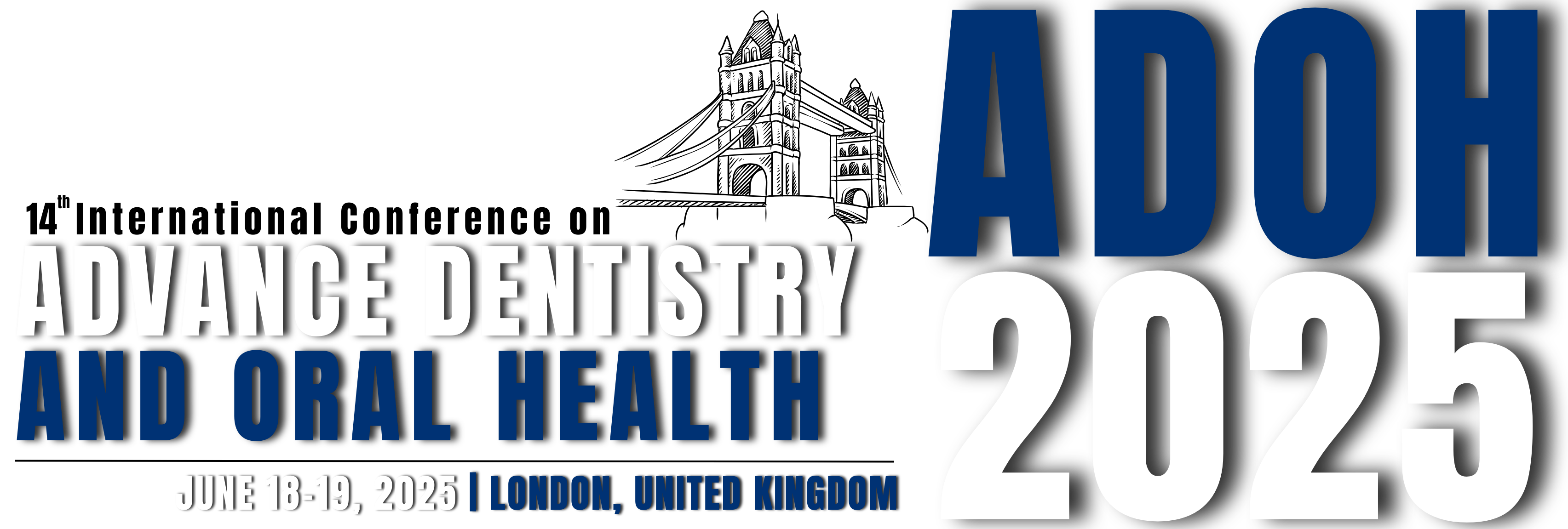Despite growing awareness of the link between oral health and overall well-being, many Americans still hesitate to seek essential dental care. A surprising statistic reveals that one in four U.S. adults has an untreated cavity, and over 47% suffer from periodontal disease. This disconnect between awareness and action not only endangers individual health but also strains the healthcare system.
A recent independent survey of over 1,000 Americans by VideaHealth points to a promising solution: the integration of Dental AI. This innovative technology has the potential to enhance the capabilities of dental professionals and improve patient outcomes, thereby bridging the gap in dental care and building trust.
By leveraging Dental AI, dentists can offer more accurate diagnoses and personalized treatment plans, while patients gain confidence in their care. This advancement could mark a significant step forward in addressing the current challenges in dental health.
Oral Health Statistics
In December 2023, a survey conducted by VideaHealth involving over 1,000 adults revealed some concerning trends in dental health habits. While an overwhelming 94% of participants recognize the connection between dental health and overall well-being, 30% of them visit a dentist less than once a year. The primary barriers cited were cost (53%), fear (28%), and a perceived lack of urgency (18%). Even when dental issues arise, many delay seeking professional care.
Cost significantly influences decisions about dental care. When recommended treatments exceed $500, only 44% of respondents said they would follow through without hesitation. However, the introduction of artificial intelligence (AI) in dentistry may offer a solution. About 59% of those surveyed indicated they would be more likely to follow their dentist’s recommendations if an AI confirmed the diagnosis.
AI Implementation in Dentistry
We believe that dental AI is crucial in addressing these oral health challenges. This belief has driven our investment in AI technology, providing over 20,000 supported doctors, hygienists, and team members with access to advanced tools. AI in dentistry extends beyond early cavity detection, offering precise analysis of x-rays to identify subtle issues often missed during standard exams. This technology is trained to detect areas of disease such as decay, periapical lesions, and bone loss, continually improving its capabilities.
In the past three months, we have rolled out dental AI training and implementation across our supported practices, benefiting millions in various communities. This technology is enhancing the overall quality of oral and general health care. Data from a recent VideaHealth study of 470,000 dental patients showed a significant increase in the early detection of clinical needs, facilitating timely discussions between doctors and patients. With dental AI, our supported doctors can ensure that patients receive the necessary, desired, and deserved care.
Empowering Patients, Transforming Care
A recent VideaHealth survey revealed widespread skepticism towards dental diagnoses, with 81% of respondents expressing doubts about their dentist's recommendations. However, this skepticism diminishes when patients learn about AI's capabilities in identifying issues on dental x-rays that might be missed by a dentist. Trust in their dentist's advice increases to 59%, and this trust is even higher among Baby Boomers, reaching 65%.
Individuals across different age groups, including Gen Z, Millennials, Gen X, and Baby Boomers, appreciate AI-powered dental diagnoses for similar reasons. They value the potential for disease prevention, less invasive treatments, cost savings, and avoidance of unnecessary procedures.
As healthcare providers, our primary objective is to build trust and assist our patients. Dental AI transcends being just a sophisticated diagnostic tool; it revolutionizes patient understanding. Visualizing AI findings on a screen allows dentists to explain the significance of these findings, fostering transparency and trust. This approach not only builds confidence but also encourages patients to proceed with recommended treatments, thereby increasing case acceptance rates.
The impact of dental AI extends beyond early issue detection; it enhances patient comprehension of their diagnosis. This capability not only reduces expenses by preventing costly treatments but also promotes better health by addressing problems early, such as treating a small cavity before it necessitates a crown or root canal. This is the true potential of dental AI.
The transformative implications of dental AI are profound. We view it as an essential tool in tackling the national oral health crisis. Beyond early detection and cost-efficiency, it empowers clinicians to bridge the gap between diagnosis and action, revolutionizing oral healthcare and fostering healthier communities for future generations.

